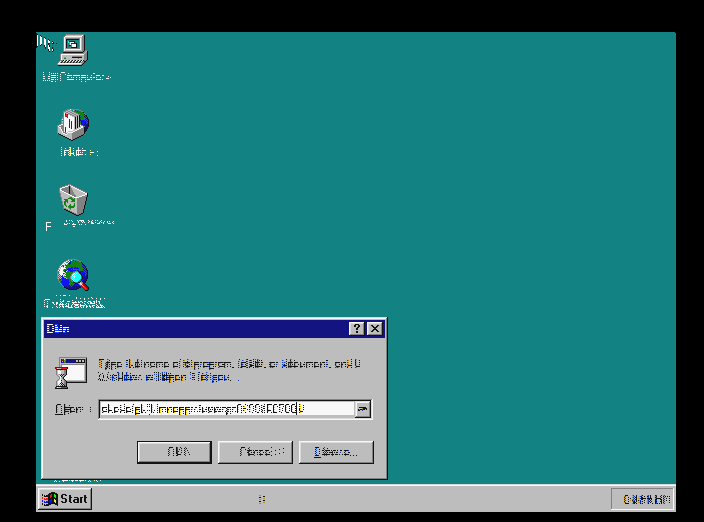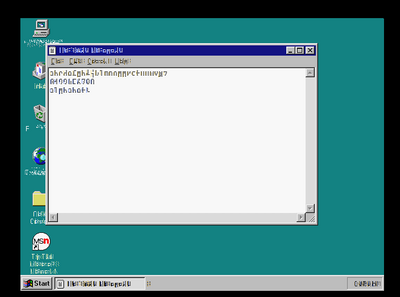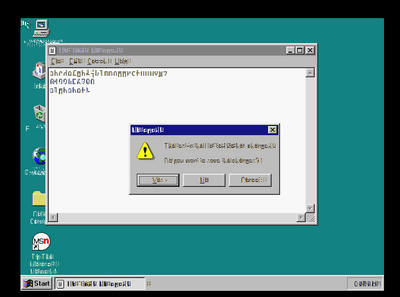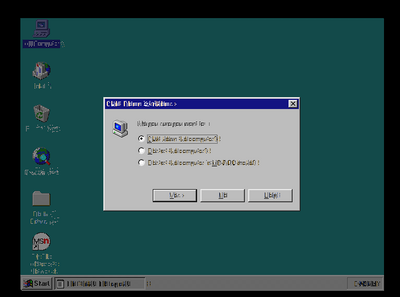Some good news and bad news. The good news: I managed to get the VDIAG to run with the latest bugfixes (the only exception being what it called "Error power on: VCC").
Also, if accepting the first byte into the multilevel queue (the queue wasn't (partly) filled), it will cause waitstates on the remaining writes to the queue until there is room to put it in the queue (causing 16-bit and 32-bit writes to the queue and queued registers to succeed properly instead of being partly transfers).
Then managed to destroy it once again when making the queued register use a multilevel queue with waitstates when writing more than 1 byte on the same transfer (causing multibyte transfers to be shifted into a multilevel queue instead of a single-level queue).
This also makes Windows 95 render stuff at the wrong positions again 😖 Notably things like large chunks of the task bar and other things.
On VDIAG, it gives lots of errors on almost all the blitting parts. I also see it rendering what looks like horizontal and vertical lines on the screen (it didn't do this before, instead just rendering areas in a certain color, filling the entire screen)? That's the poly line part of the VDIAG program.
Edit: Those errors on VDIAG (other than the weird VCC one) don't occur anymore and all output seems correct? Windows 95 still renders a corrupt font though.



